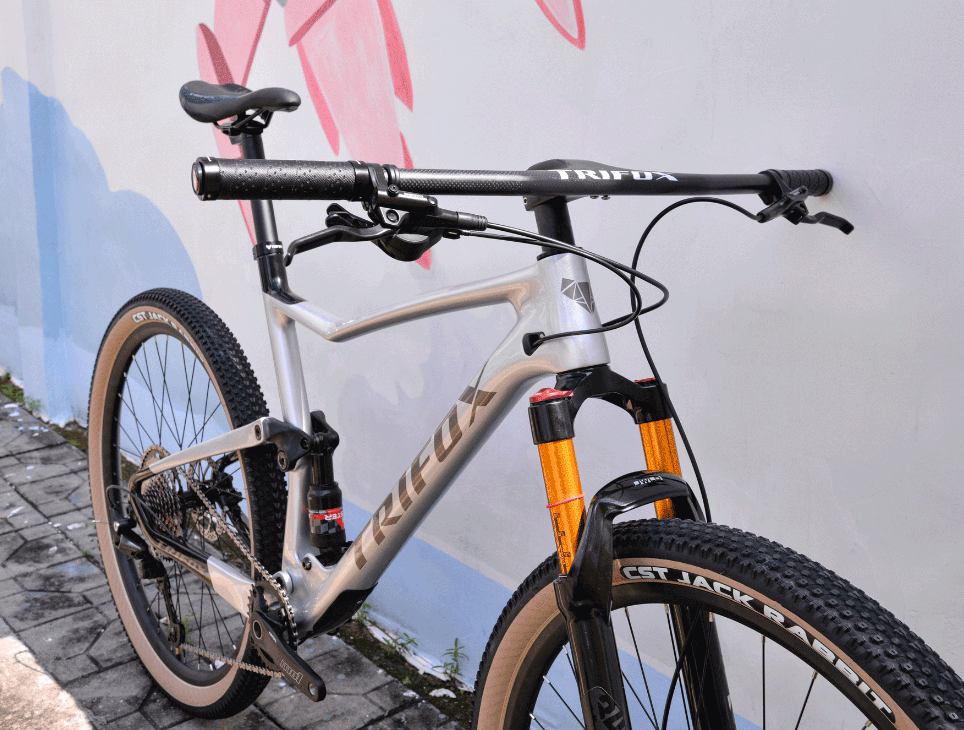
When it comes to maintaining your bicycle's performance, a regular tune-up is essential. A bike tune-up is a comprehensive service that ensures that your bike is safe, efficient, and ready for the road. But What does a bike tune up include? 1. Inspection and Assessment: The first step of a bike tune-up is a thorough inspection and assessment process. This involves checking every part of your bike, including the frame, tires, wheels, brakes, gears, and bearings. A professional mechanic will carefully examine each component to identify any issues that may affect the bike's performance or safety. 2. Cleaning and Lubrication: A clean and well-lubricated bike is crucial for optimal performance. During a tune-up, the bike will be thoroughly cleaned to remove dirt, debris, and any residual grease or oil. After cleaning, appropriate lubrication will be applied to the chain, gears, cables, and other moving parts to ensure smooth and efficient operation. 3. Brake Adjustments: The braking system is one of the most critical safety components on your bike. A tune-up will involve inspecting and adjusting the brakes to ensure proper alignment, pad wear, and cable tension. This process will optimize brake performance, ensuring reliable stopping power and control. 4. Gear Adjustments: Smooth shifting between gears is essential for a comfortable ride. In a bike tune-up, the gear system will be evaluated and adjusted to ensure precise shifting and eliminate any skipping or chain slippage issues. This adjustment may include cable tension, limit screw adjustments, and derailleur alignment. 5. Wheel and Tire Inspection: Wheels and tires play a significant role in your bike's performance and safety. During a tune-up, the mechanic will check for any damage, wear, or misalignment. They will inspect the spokes, true the wheels if necessary, and ensure proper tire inflation. This inspection and maintenance will improve ride quality and reduce the risk of punctures and accidents. 6. Bearing Service: Your bike's bearings enable smooth rotation of various parts, such as the headset, bottom bracket, and hubs. A comprehensive tune-up involves inspecting these bearings for wear, cleaning and regreasing them if needed, and adjusting any loose or tight bearings. This process ensures optimal performance and longevity of your bike's components. Conclusion: A bike tune-up is a necessary maintenance service that keeps your bicycle in top shape. By understanding what a bike tune-up includes, you can ensure that your bike performs at its best while promoting safety and longevity. Remember, regular tune-ups and preventative care are key to a smooth, efficient, and enjoyable ride. So, if your bike is due for a tune-up, don't hesitate to schedule an appointment with a professional bike mechanic today.

Understanding how to read bike tire size is crucial, as it directly affects the performance, safety, and comfort of your cycling experience. 1. Understanding the Basics: Before delving into deciphering bike tire sizes, it's important to grasp the basics. Bike tire sizes typically consist of a series of numbers separated by an 'x' or a '-'. For example, 26 x 1.95 or 700c x 25. 2. Decoding the Numbers: The first number indicates the tire's diameter, commonly expressed in inches or millimeters. In the example 26 x 1.95, the diameter is 26 inches. For road bikes, the diameter may be denoted in millimeters, as in 700c x 25, where 700c is the diameter. 3. Interpreting the Width: The second number represents the width of the tire, again either in inches or millimeters. Continuing with our examples, 1.95 inches and 25 millimeters are the respective widths. The width affects the stability and grip of the bike. 4. Considerations for Different Bike Types: a) Mountain Bikes: Mountain bike tires generally have wider widths, providing increased traction in off-road terrains. The standard wheel size for mountain bikes is 26 inches, but newer models may feature 27.5 inches or 29 inches. b) Road Bikes: Road bike tires are narrower, allowing for reduced rolling resistance on smooth surfaces. The commonly used wheel size for road bikes is 700c, although some variations exist. c) Hybrid and City Bikes: Hybrid and city bike tires usually fall between mountain bike and road bike tires in terms of width. The tire size will vary depending on the specific bike model. 5. Additional Tire Markings: Apart from the size specifications, bike tires often have additional markings indicating the tire's tread pattern, recommended tire pressure, maximum load capacity, and other vital information. Familiarizing yourself with these markings can further enhance your understanding of the tire's capabilities. Conclusion: Being able to read bike tire size is essential for all cyclists, ensuring that you can choose the appropriate tires for your riding style and terrain. By comprehending these size specifications, you can improve your bike's performance, comfort, and safety. Remember to consider the bike type, diameter, and width when selecting new tires. With this comprehensive guide, you are now equipped with the knowledge necessary to confidently interpret bike tire sizes. Happy cycling!
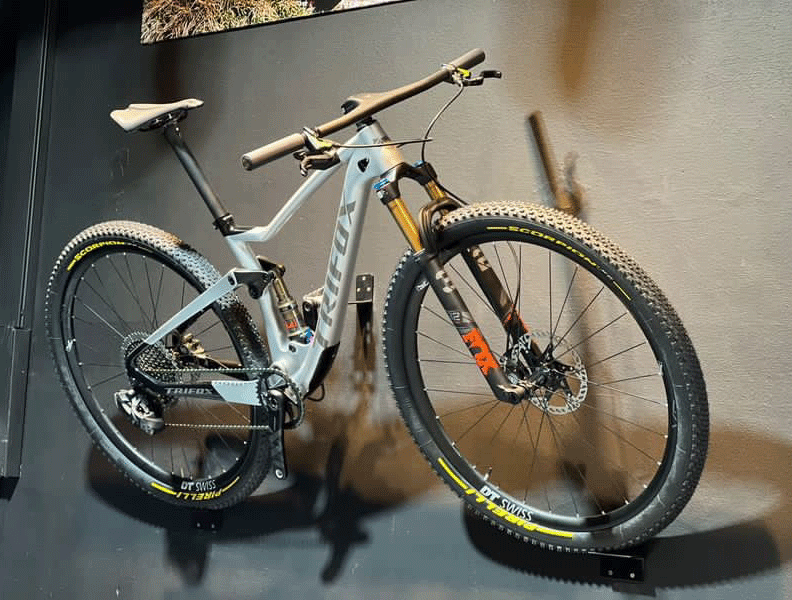
When it comes to off-road cycling, enthusiasts have the option to choose from a range of bikes designed to tackle different terrains. One such option gaining popularity is the full suspension fatbike, which offers a unique combination of features to enhance the riding experience. 1. Enhanced Comfort and Control: The integration of full suspension in fatbikes mitigates the impact of rough terrains. By utilizing a front and rear suspension system, these bikes efficiently absorb shocks, bumps, and vibrations, providing riders with a comfortable and stable ride. Suspension forks help in navigating uneven trails and obstacles by minimizing the impact on the rider's wrists, arms, and upper body. Similarly, rear suspensions enable riders to maintain control and traction, resulting in an improved overall biking experience. 2. Increased Traction and Stability: The wider tires of fatbikes, ranging from 3.8 to 5 inches, coupled with lower tire pressure, offer enhanced traction on various surfaces, be it snow, sand, or rocky terrains. The addition of full suspension further improves stability on unpredictable surfaces, enabling cyclists to confidently tackle challenging landscapes. With an increased grip on the ground, riders can smoothly maneuver corners, descend steep slopes, and navigate tricky trails with reduced risk of slipping or losing control. 3. Handling Difficult Terrain: Full suspension fatbikes excel in conquering challenging terrains. The combination of their wide tires, low pressure, and suspension system allows cyclists to effortlessly glide over obstacles, such as tree roots, rocks, and loose gravel. These bikes are specifically designed to ride in snow and sand, making them ideal choices for off-road adventurers seeking new trails and exploration. The unique design elements ensure optimal traction and keep riders in control, even in adverse conditions. 4. Improved Performance: When it comes to achieving speed and efficiency, full suspension fatbikes are not to be underestimated. While the larger tires may pose challenges on paved surfaces, they excel in off-road situations. The suspension system aids in maintaining momentum by absorbing energy-draining impacts, ensuring a smoother and faster ride. As a result, riders can ride longer and tackle more demanding trails with less fatigue, ultimately enhancing their overall performance. Conclusion: Full suspension fatbikes offer unparalleled comfort, control, and versatility for off-road cycling enthusiasts. Their ability to handle difficult terrain, provide enhanced stability, and improve performance make them a superior option for those seeking an adventure-filled journey. Whether you are tackling snowy trails, sandy dunes, or rocky routes, full suspension fatbikes' unique features will provide an enjoyable and invigorating ride. So, if you are considering investing in a fatbike, opting for one with full suspension could be a game-changer for your biking experience.
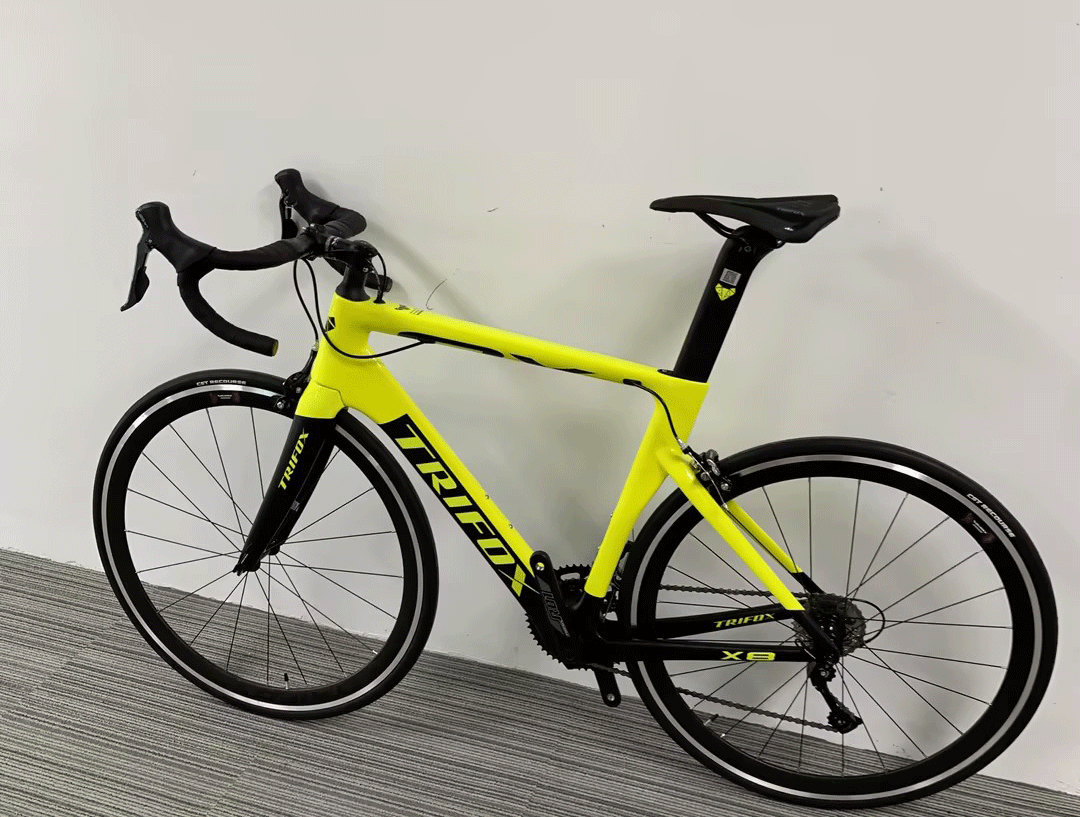
1. Lightweight and Agility: One of the key factors in determining a road bike's performance is its weight. Carbon fiber excels in this aspect, as it is exceptionally lightweight while maintaining remarkable strength. Trifox carbon fiber road bikes, for instance, are designed with precision and optimized aerodynamics, resulting in a bike that is agile, responsive, and efficient. 2. Superior Strength and Sturdiness: Although carbon fiber is incredibly lightweight, it does not compromise on strength. Carbon fiber road bikes, such as those offered by Trifox, are known for their remarkable durability even under intense riding conditions. This material's strength ensures that riders can confidently conquer rugged terrains, steep ascents, and speedy descents without fearing structural failures. 3. Excellent Vibration Damping: Road vibrations can negatively impact a rider's comfort and endurance. Carbon fiber possesses inherent vibration-damping capabilities, offering riders a smoother and more comfortable ride by reducing road shocks and vibrations. Trifox carbon fiber road bikes incorporate advanced carbon layup techniques to amplify this characteristic, guaranteeing a plush and pleasant riding experience even during long-distance journeys. 4. Customizability and Flexibility: Carbon fiber allows for versatile customization options, catering to individual preferences and riding styles. Trifox offers a variety of carbon fiber road bike frames with different geometries, allowing riders to choose the frame that suits their body dimensions, riding preferences, and performance goals. This flexibility ensures an optimal fit, enhancing overall efficiency and comfort. 5. Enhanced Efficiency and Speed: The exceptional stiffness-to-weight ratio of carbon fiber road bikes directly contributes to their superior efficiency and speed. Trifox's carbon fiber frames excel in power transfer, enabling riders to convert more energy into forward motion. By minimizing energy loss, these bikes provide an unparalleled riding experience and a competitive edge on the road. In the world of road biking, carbon fiber has firmly established itself as a prime material choice, exemplified by Trifox carbon fiber road bikes. Its combination of lightweight, strength, vibration damping, customization options, and performance-driven characteristics makes carbon fiber the ideal material for road bikes. When searching for a road bike that maximizes performance and comfort, carbon fiber frames should be at the top of the list. Explore the exceptional Trifox carbon fiber road bikes to experience the pinnacle of road biking technology and craftsmanship.
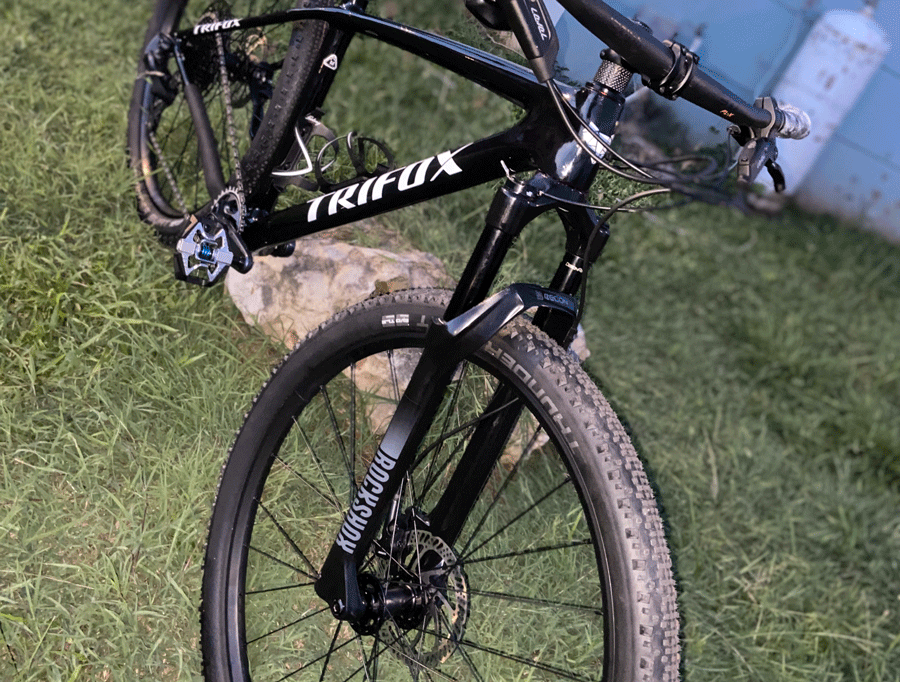
What is Enduro Mountain Biking? Enduro mountain biking is a multi-stage, timed racing format that combines the technical downhill prowess of downhill mountain biking with the physical endurance of cross-country racing. It involves riding on a diverse range of terrains, including rocky descents, steep climbs, and technical trails. Enduro races typically consist of several timed downhill stages, interspersed with untimed transfer stages where riders pedal from one stage to another. Features of Enduro Mountain Biking: 1. Varied Terrain: Enduro mountain biking takes riders across a wide array of terrains, including forest trails, rocky descents, and challenging climbs. This diversity tests the rider's adaptability and requires a range of skills to navigate through each stage. 2. Timed Stages: Unlike traditional mountain bike racing, enduro events focus on timing selected downhill stages. These timed sections are often technical, demanding riders to exhibit their speed and control skills while descending. 3. Transfer Stages: Between timed stages, riders must pedal uphill or traverse flat terrain within an allocated time. These transfer stages test the rider's endurance and fitness as they navigate between the downhill sections. 4. Self-paced: Enduro mountain biking is often referred to as a race against the clock, not against other riders. Riders start the stages at specified intervals, allowing them to ride at their own pace and choose the best lines while maintaining control. Equipment for Enduro Mountain Biking: 1. Mountain Bike: An enduro-specific mountain bike is designed to handle the demanding terrain. It typically has full suspension, larger wheels (27.5" or 29"), and robust components to offer stability, control, and durability. 2. Protective Gear: Safety is paramount in enduro mountain biking. Riders should wear a well-fitted helmet, knee and elbow pads, gloves, and sturdy footwear to protect themselves from potential crashes and injuries. 3. Clothing: Comfortable and breathable clothing that allows freedom of movement is essential. Moisture-wicking jerseys, padded shorts, and appropriate footwear are recommended. Skills Required for Enduro Mountain Biking: 1. Technical Descending: The ability to navigate technical descents while maintaining control and speed is crucial. Riders must master techniques such as cornering, braking, jumping, and maintaining balance over challenging obstacles. 2. Climbing: Strong climbing skills help riders tackle the steep ascents between stages efficiently. Efficient pedaling techniques, body positioning, and the ability to maintain balance on uneven terrain are essential to conquer these uphill challenges. 3. Endurance: Enduro mountain biking requires a high level of physical fitness and stamina to tackle long days in the saddle. Regular cardio training, strength exercises, and core stability training are beneficial for endurance building. Conclusion:Enduro mountain biking is a dynamic and exhilarating sport that combines the best elements of downhill and cross-country riding. As riders traverse varied terrain, tackle timed stages, and put their skills to the test, enduro mountain biking offers an adrenaline rush like no other. For those seeking a true adventure on two wheels, exploring the world of enduro mountain biking is an absolute must.
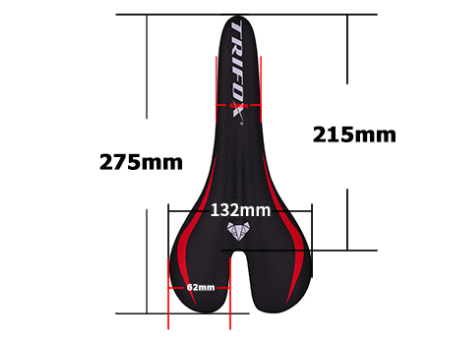
At present, bicycle seat cushions can be roughly divided into two types: 1. Narrow and slender hard seat cushion This narrow, hard seat is commonly found on sports bikes and is designed for high-speed cruising. When the pedaling speed is fast, the wide seat cushion will easily rub the inner thighs and cause pain. It will also affect the pedaling movement, so the design is slender and narrow. A soft seat cushion cannot support the body stably and affects the pedaling efficiency. The butt will feel like it is stuck in the sofa. A soft seat cushion has a large contact area with the buttocks. If you pedal too fast, your buttocks will hurt due to excessive friction due to excessive friction. A hard seat cushion is more suitable. A quick pedaling motion. 2. Large and soft comfortable seat cushion Comfort seat cushions are more common in entry-level bikes or leisure-oriented bikes, and are designed for slow-speed cruising. The wide design allows a larger and even support area between the seat cushion and the buttocks, and the soft seat cushion can provide better comfort. Due to the leisure-oriented pedaling movement, there is no need to consider that a wide and soft seat cushion is not suitable. The high-speed pedaling factor. Weight distribution principle: When riding a bicycle, your weight will fall on three supporting points: your hands, feet and butt, with the butt and feet bearing most of the weight. When you press down hard on the pedal, you are using your body weight to push the pedal down. Your feet bear more weight at this time, and the weight carried by your buttocks is relatively light. Imagine the situation of driving a car. Your butt is off the seat cushion and only your feet are stepping on it. At this time, your feet bear all the weight. So there is a saying that "the chair cushion is for leaning on, not for sitting on." The harder your feet are, the lighter the burden on your butt will be. The more weight the body puts on the feet, the greater the pedaling output. It can be seen that many race riders often leave the seat with their buttocks or only touch a small area to stabilize the body in order to maximize the output power. The main causes of early buttock pain: What if your feet are paddling the pedals leisurely? correct! At this time, almost all the weight falls on your butt, and your feet are lazy and do not help you share the weight. Unfortunately, because the buttocks bear too much weight, the support area of a hard cushion is too small, which will cause pain in the buttocks. At this time, a soft and wide cushion can support your butt better than a hard and small cushion, making you less painful. Choose right bike saddle for you: According to your riding habits, if you like to maintain a certain level of exercise intensity, a hard saddle is a good thing. If you like to hang out and watch the scenery, your buttocks bear most of the weight, so choosing a wider and softer cushion will be better for your buttocks. (such as Trifox carbon fiber bicycle saddle CS100) Hope that riders can understand that choosing an appropriate saddle is an effective solution for different riding habits.
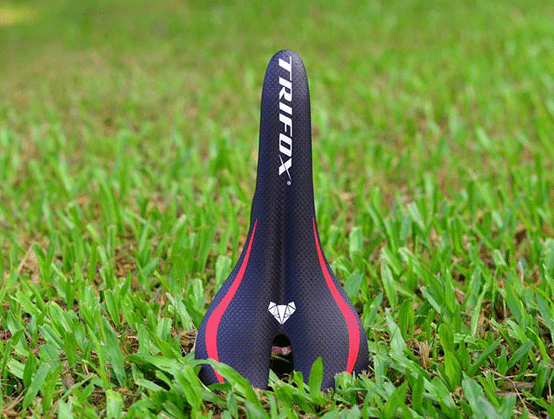
Why are bicycle seats so hard? For example, when you sit directly on a stool, the two sit bones in your butt bear your weight. At this time, the soft tissue in the middle of the two ischial bones bears less pressure. If you place a cushion between your butt and the stool, the two sit bones will press the cushion down with greater pressure, and the soft tissue in the middle will also bear more pressure, which is especially important in bicycle seats. Thicker saddles tend to put more pressure on your soft tissues, especially on long rides (it’s not a big problem on short rides). An over-padded saddle is also a common cause of painful inner thigh chafing as you ride longer. Wide or narrow? The width of the bicycle saddle is also very important to the rider. The width of the saddle is often determined by the distance between the two sit bones. If the saddle is too narrow, the sit bones will hang off the sides of the saddle and the soft tissue will bear a greater load. If the saddle is too wide, it can easily cause chafing on the inner thighs, especially in hot weather. The appropriate width of the saddle is also related to improper adjustment of your saddle. If the stem is too long and the handlebars are extended too far forward, or the saddle is positioned too far back, it will make the saddle look narrower. Conventional wisdom holds that women’s sit bones are farther apart, so men’s saddles are usually narrower than women’s saddles. Of course, individual differences are different, and the requirements for saddle width are also different. Measure sit bones How to measure ischial distance? Find a larger piece of corrugated paper, sit vertically on the corrugated paper, and finally use a ruler to measure the distance between the two deepest points, which is the distance between your sit bones. In addition to the distance between the sit bones, the size of the saddle also includes factors such as riding posture. Different riding postures will cause different pressure points on the saddle. Therefore, 3D printing technology is very popular in the manufacturing of bicycle saddles. . The following is selle royal’s reference data for different riding positions. According to the distance between the sit bones, the saddles are divided into three categories: small, medium and large. The corresponding ischium widths are less than 11cm, 11-13cm, and more than 13cm respectively. Athletic position (body at a 45-degree angle). 289mm*127mm (small, length times width), 289*144 (medium), 289*159 Relax posture (body at a 60-degree angle). 289mm*141mm (small), 289*161 (medium), 289*178 Relaxed position (body at a 90-degree angle). 289mm*169mm (small), 289*196 (medium), 289*224 One saddle can hold up an ordinary bicycle, especially saddles customized for professionals. They are often designed with various ergonomics in consideration of various riding postures, and are the best protection for the rider's body. A stiffer saddle may be uncomfortable, but it often better protects soft tissue from greater damage.
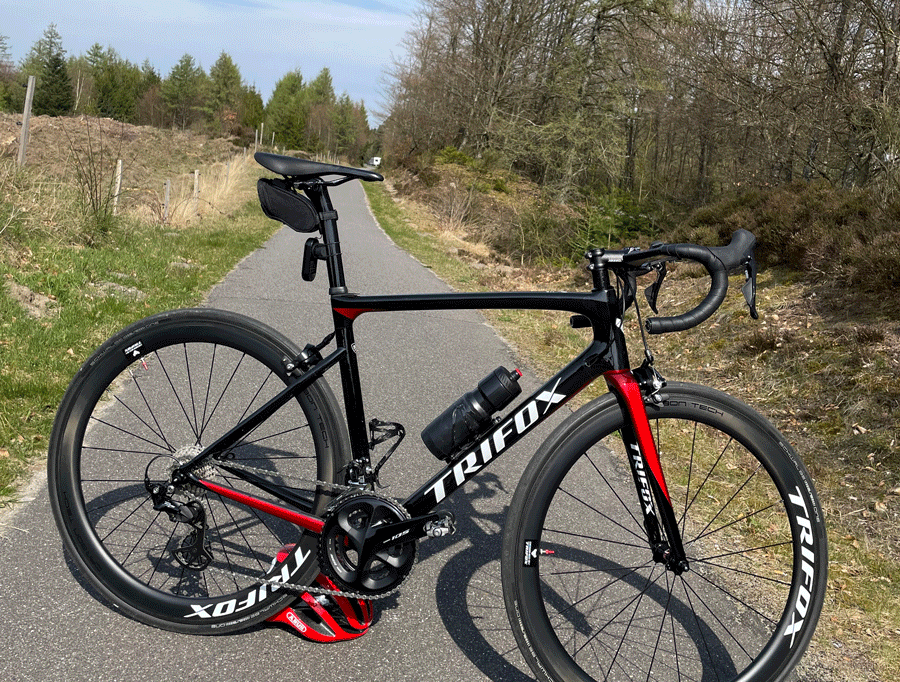
The vehicle you ride on is a precision machine, and it can perform optimally only when all parts are in good condition. However, we often only focus on the appearance of the vehicle and ignore many important components. Today, let us follow the article and take a look at those bicycle accessories that are easily overlooked. Wheel bearings: When we ride, if we find that the wheel set does not rotate smoothly, it is likely that the wheel set bearings are too dry or small stones have entered the wheel set. Failure to perform lubrication and maintenance for a long time may damage the entire hub or wheel set, causing greater losses. Therefore, we need to apply lubricating oil to the bearings regularly to keep the hub smooth. Chain: The chain is also a part that we often overlook. Its degree of wear is closely related to riding habits and environment. Improper shifting operation and improper cleaning may cause damage to the chain. Therefore, we need to pay attention to the status of the chain at all times and add appropriate lubricating oil to make the chain run smoothly. At the same time, the chain gauge should also be used regularly to check the expansion and contraction of the chain. If the gap is too large, the chain needs to be replaced. Control wiring harness: The wiring harness of a bicycle includes transmission cables and brake cables, and the status of these wiring harnesses is often ignored by us. Over time, these wiring harnesses may age and wear out, causing smooth operation. Therefore, we need to check the conduit for signs of kinks and wear and replace it if necessary. At the same time, you can also try to drip some chain lubricant and other grease into the wire tube to improve the problem of wire harness jamming. Transmission hanger: If your bicycle is prone to derailment or deviation, you should check whether the transmission hanger, guide wheel and other related parts are working properly. Problems such as deformation or bending of these components may cause certain problems in the transmission. Therefore, you must carry out relevant inspections before riding to ensure that the vehicle is operating normally. Brake disc: Brake discs are also one of the components that people tend to overlook. Its condition directly affects the performance and safety of the brake. If the disc is worn or deformed, it may lead to increased braking distance or brake failure. Therefore, we need to regularly check the condition of the brake discs and replace seriously worn discs in a timely manner. In short, riding a vehicle requires us to always pay attention to and maintain the status of each component. Only by doing routine maintenance and inspections can the good operation and safety of the vehicle be ensured. Brake pads have certain wear indicators. When the wear reaches a certain level, the braking efficiency will be reduced or failure. The disc may also be deformed or cracked after a crash. Once these problems are discovered, they need to be adjusted or replaced in time. The leading handlebar is an important component for controlling the direction of the vehicle, especially the carbon fiber handlebar, which requires regular attention and inspection. The handlebars of road bikes are often wrapped by various handlebar tapes, but under the shiny handlebar tapes there may be unsafe factors caused by corrosion or crashes. If not discovered in time, it may cause serious consequences. Therefore, regular attention or a thorough inspection every time the handlebar tape is replaced is recommended. Headset problems can also cause poor steering, possibly due to rough bearings and erosion caused by water stains, rust, etc. Frequent inspection is required. It is best to remove the handlebar and front fork, check the relevant sealed bearings, and apply lubricating oil for lubrication. If the bearings are damaged, they need to be replaced in time. The pedal is also a component that is often overlooked. You need to pay attention to whether the pedal rotates smoothly, whether the bearings are tightened, and whether the pedal body is solid. Tire inspection is also a very important part of riding. It is necessary to check the degree of wear and possible puncture. Carefully observe the tire tread and sidewall. If cracks, punctures, etc. occur, they need to be replaced in time.
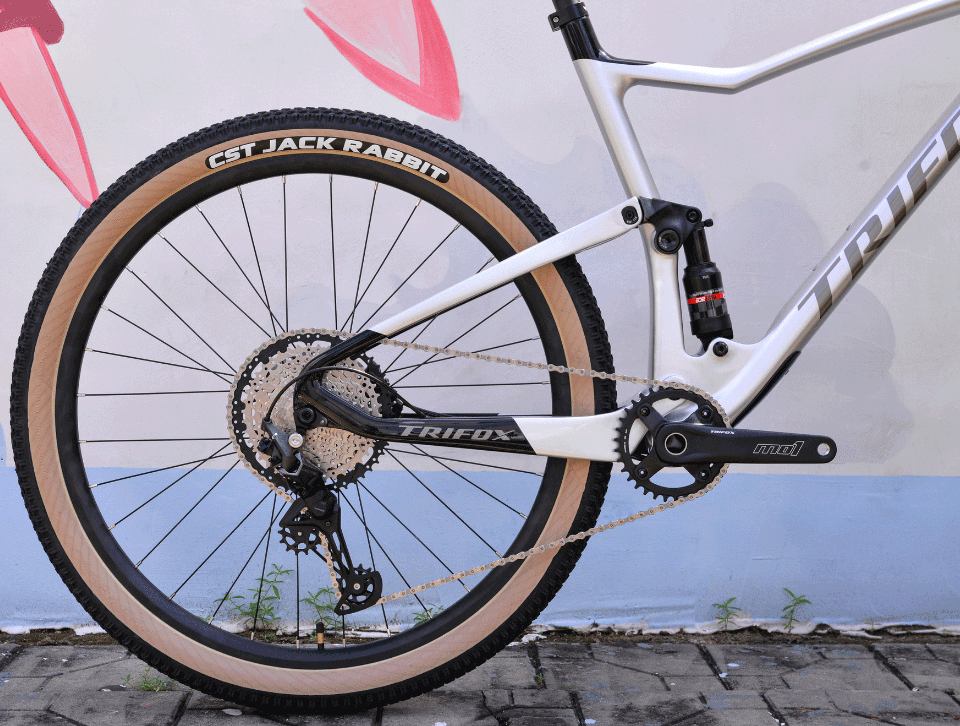
Many people mistakenly believe that bicycles are equipped with transmissions to speed up riding. Even when buying bicycle, they judge the speed of the bicycle based on 24-speed, 30-speed, etc. In fact, the maximum power a person can produce is only 0.4 horsepower. The transmission is just a tool to help people bring out the maximum horsepower easily. Generally, bicycles are used in cities, and there are actually many slopes in cities. For example, sometimes when you are riding a bicycle, you will feel that your pedals suddenly become heavier, and there are often many slopes that cannot be judged with your eyes. At this time, the role of the transmission can be fully reflected. If there is a transmission, you can ride easily as long as you can change to a lighter gear. Of course, this method can also be used when there is a headwind. The advantage of the transmission is that it can help you effectively reduce your physical exertion when your physical strength is not good. For example, when you have a cold, your physical exertion should not be too great. If you choose lighter gears when riding, you will feel more relaxed. There are also women who are in poor health, students who are tired from exams, older people, etc., who can all use bicycle derailleurs flexibly, so the benefits of derailleurs are indeed too many. Operate shifting gears correctly and efficiently If the gear is too light, the rider's pedaling force will be uneven. If the leg force is too heavy, the rider's buttocks will not be able to sit stably on the seat cushion, causing the so-called "hip jump". In addition, due to excessive leg force, the pedaling posture changes, affecting the smoothness of the pedaling action. There are also many beginners who lack training at the beginning and lack sufficient muscle endurance in their legs. Although they use too heavy a gear, It can move forward with greater power, but because the muscles cannot withstand the pressure, sports injuries such as knee joint or muscle strains may occur. Beginners should measure their own physical condition and not forcefully ride in heavy gears in pursuit of speed. Traveling over long distances. "Match appropriate gear ratios for different road conditions" When some beginners choose a vehicle, they often like to adjust the gear ratio of the front and rear chainrings according to their own riding habits and preferences, but we should choose the one that suits our own preferences and achieve the most efficient pedaling output. Novices often change gears immediately when they see a big slope and use a smaller transmission ratio. This directly leads to a sudden increase in frequency. When the muscles have not adapted, they will immediately feel muscle fatigue, and because the gear ratio is too light. , will cause an immediate decrease in speed. When other riders overtake, it will also cause the frequency of the legs that have suddenly become tired to increase again. In this way, as long as one or two slopes are passed, the relatively small transmission will immediately show weakness, so the correct When changing gears when climbing a hill, you should start to feel the pressure on your feet as the car reaches the middle of the slope, and then start shifting. The adjustment range is generally 2 or 3 gears at a time, depending on the specific slope increase. This requires not only physical strength but also It requires experience. Standing pedaling can also provide greater speed in the early stages of climbing, and can delay the reduction of the gear ratio, giving your feet sufficient time to adapt to the frequency. "Detailed analysis of specific road conditions" level road On a flat road, the front chainring is usually a small chainring, and the rear chainring is mainly matched with a 17 to 21 chainring. If riding with a tailwind, the rider can adjust the front chainring to a large chainring, and the rear chainring can be Freely match to achieve the effect of high-speed cruising. sharp uphill When riding on flat sections, if there are sharp short slopes ahead, such as bridges, hilly terrain, etc. The rider can rely on the inertia of the riding surface to rush up. The front chainring can be maintained in the position of the larger chainring, while the rear chainring should change gears according to the road conditions. uphill Because on uphill sections, it will increase the burden on the rider's legs when pedaling, resulting in excessive leg resistance. At this time, you should adjust the gear of the rear disc. Use the adjustment method one tooth at a time to gradually find the most suitable gear. With subsequent riding experience, you can easily find the gear that suits you. When riding continuous uphill sections, the rider should change gears according to the terrain. Usually the front chainring is adjusted to a small gear, while the rear chainring is constantly changing gears to match the rapidly changing terrain conditions. downhill When riding continuous downhill sections, the first principle for beginners should be to maintain average pedaling efficiency and avoid affecting the vehicles behind. The front chainring can be adjusted to a large chainring, and the rear chainring can gradually lower the gear. Don't fail to adjust because of greed. If there is an unexpected situation or sharp bend and the brake is not enough, it may lead to serious accidents. In fact, there is no so-called correct time to change gears during riding. After all, everyone's physical condition is different. Riders should listen and feel the level of their own riding before changing gears. Simply put, if you feel resistance while riding, you should shift gears. If the pedaling is too heavy, you should adjust the gear to a lighter level, and vice versa. A well-fitting bike coupled with the correct riding posture will ensure you have a happy ride.

















